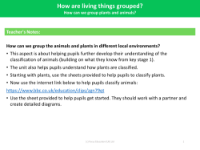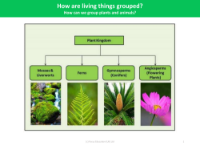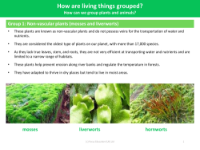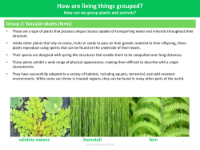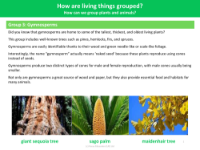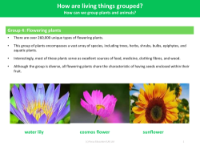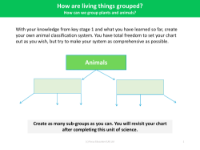How can we group plants and animals? - Presentation
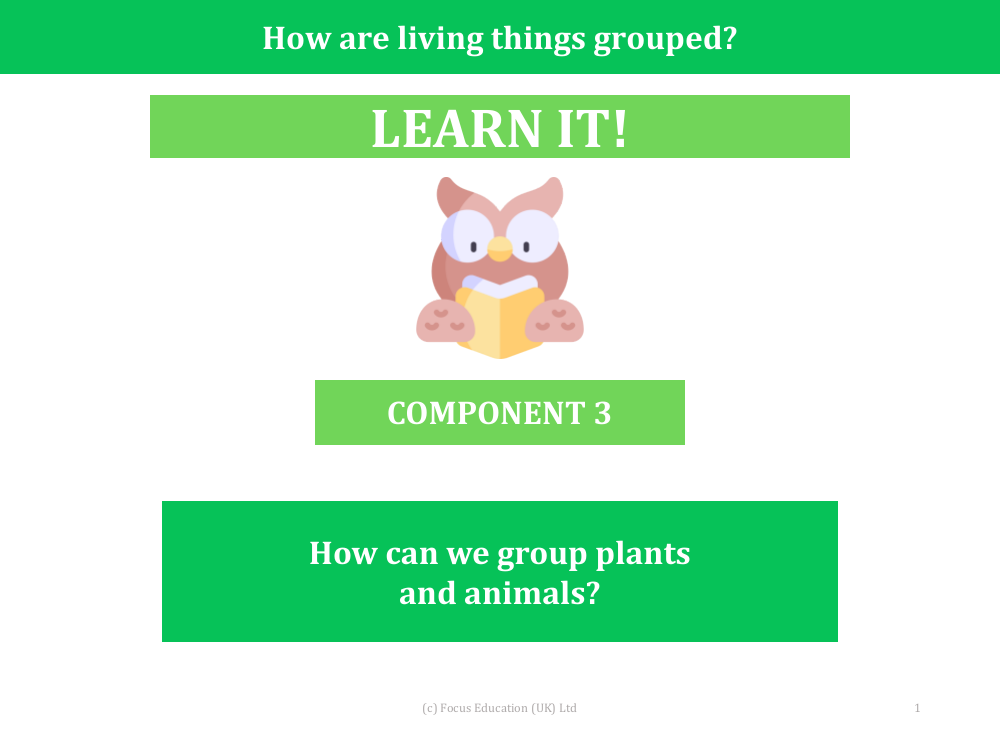
Science Resource Description
In an educational presentation, students are encouraged to delve into the classification of plants and animals, building on their foundational knowledge from key stage 1. The presentation, designed for use in a classroom setting, guides pupils through the process of grouping living organisms found in various local environments. For plants, provided resources aid in the classification process, starting with non-vascular plants such as mosses and liverworts, which lack internal water transport systems and thrive in moist habitats. The lesson then moves on to vascular plants like ferns, which possess specialized tissues for nutrient and water transport and reproduce through spores.
The classification journey continues with gymnosperms, a group that includes some of the planet's oldest and largest living plants, such as pines and firs, identifiable by their wood and needle-like foliage. These plants reproduce using cones, hence the term 'naked seed'. The final group explored is flowering plants, a diverse category with over 260,000 species, ranging from trees to aquatic plants, all of which produce seeds enclosed within fruit. The presentation concludes with an interactive activity, prompting students to apply their newly acquired knowledge by creating a comprehensive animal classification system, encouraging creativity and a deeper understanding of the natural world.
